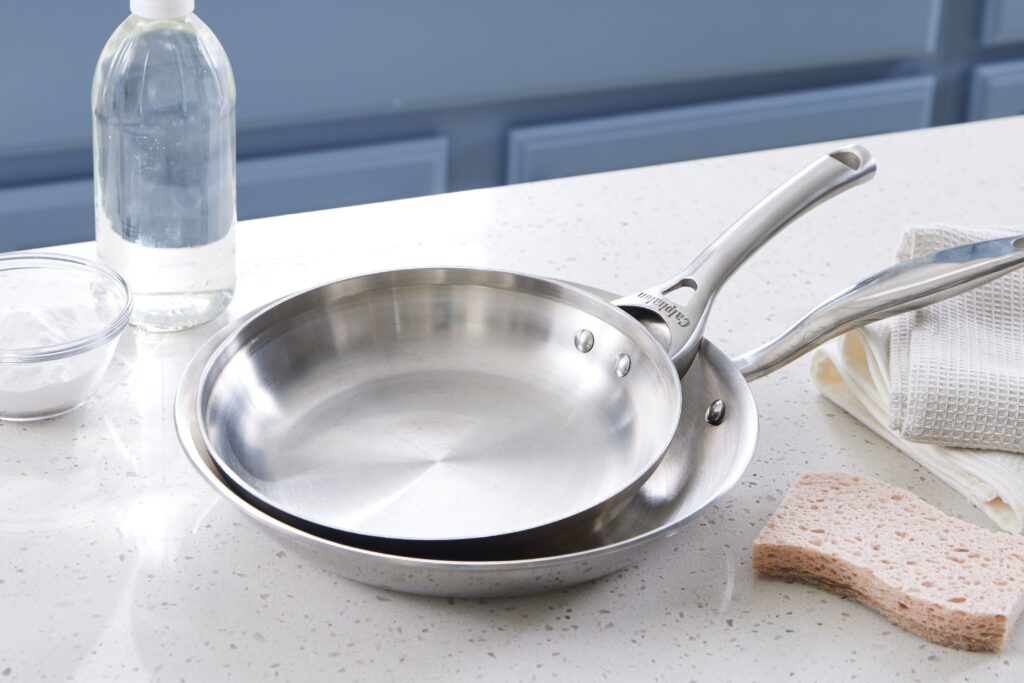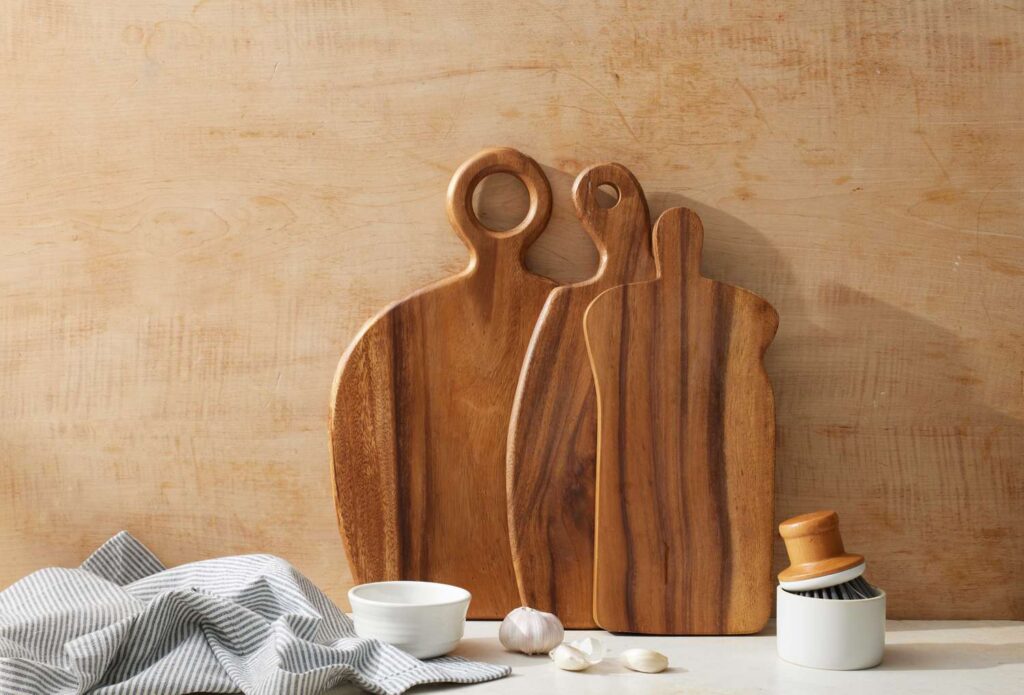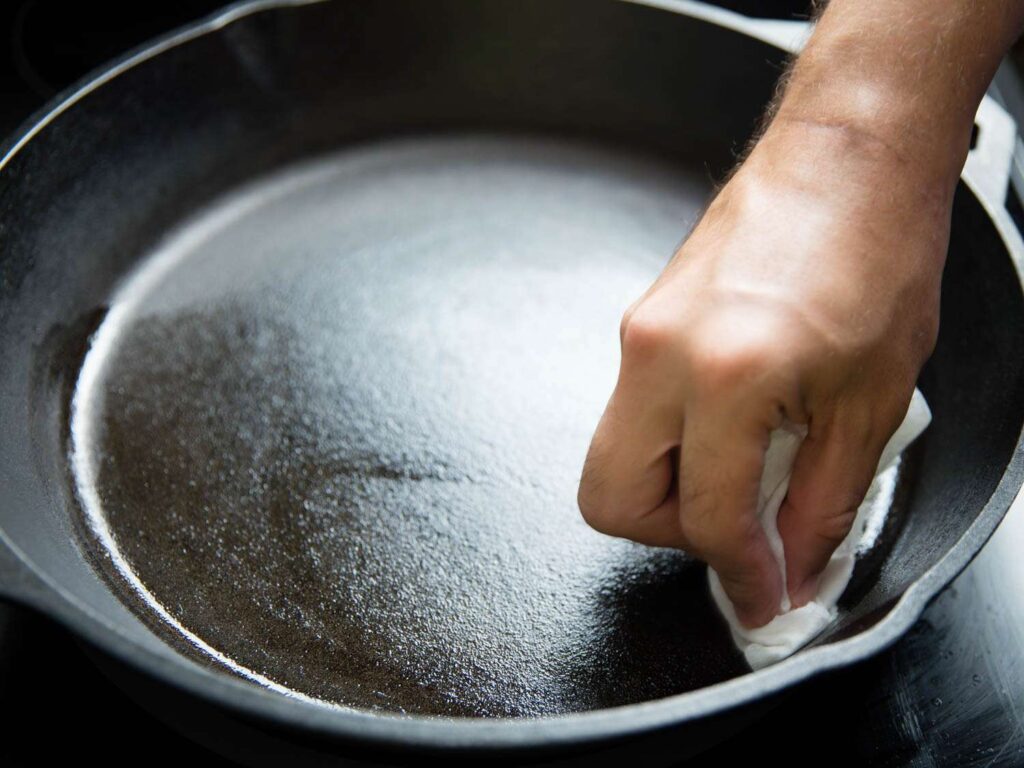We independently evaluate all recommended products and services. If you click on links we provide, we may receive compensation. Learn more.
Proper care and maintenance of kitchen utensils are crucial for ensuring their longevity and functionality. Different materials require specific handling techniques to maintain their optimal performance and hygiene. This article will explore the best methods for caring for and maintaining various types of kitchen utensils commonly found in a modern kitchen.
By following these simple guidelines, you can extend the life of your favorite cookware and utensils.

Stainless steel utensils are known for their durability, rust resistance, and low maintenance. To keep them looking their best, simply clean them with soapy water and a non-abrasive sponge. For tougher stains, use a baking soda paste. To restore shine, use a stainless steel cleaner or a vinegar and water mixture. Store them in a dry place to prevent water spots.
Wooden Utensils and Cutting Boards

While beautiful and gentle on cookware, wooden utensils require special care. Avoid soaking in water. Instead, wash quickly with mild soap and warm water. Rinse and dry immediately. To keep them fresh, periodically, scrub with coarse salt and a cut lemon to remove odors and sanitize. Finally, apply food-grade mineral oil or beeswax periodically to prevent drying and cracking.

Non-stick pans offer a delightful cooking and cleaning experience, but they require a gentle touch to preserve their magic coating. Stick to soft sponges and mild soap, avoid harsh cleaners and scouring pads, and use wooden, silicone, or plastic utensils to prevent scratches. Store them with protective layers or hang them to ensure they stay scratch-free and ready for your next culinary adventure.

Cast iron skillets are culinary workhorses, boasting unmatched durability and heat retention. However, they require a touch of TLC to maintain their non-stick magic. Ditch the soap and use coarse salt and water for cleaning, followed by a chainmail scrubber for tougher jobs. Maintaining is key, so after drying thoroughly, apply a thin oil layer and heat it to create a protective, non-stick coating. Store them in a dry place and avoid stacking heavy items to preserve their shape for generations of delicious meals.

Copper pots are coveted for their exceptional heat distribution and stunning looks, but keeping them gleaming requires a bit of extra care. Gentle washing with mild soap and water is key, followed by polishing with a homemade paste of salt, flour, and vinegar to restore their shine. Store them in a dry place and use pot protectors when stacking to prevent scratches and maintain their beauty for years to come.

Ceramic and glass bakeware offer the benefits of non-reactivity and even heat distribution, but they require careful handling to avoid chipping or breaking. Soak them in warm soapy water to loosen baked-on food, and use gentle cleaning tools like non-abrasive sponges or cloths. Be mindful of temperature changes to prevent cracking, and store them carefully to avoid damage.
-
Keep Your Soil Alive: Winter Gardening Tips That Pay Off in Spring

When most gardeners think of winter, they think of frost, snow, and bare beds. You might be tempted to call it quits until spring, but here’s the truth: your soil is still working—and you need to work with it, not just let it sit there. Healthy soil in winter means faster planting, bigger yields, and fewer…
-
2025 Garden Trends: DIY Projects That Make Your Yard Insta-Worthy

If you’ve ever scrolled through Instagram and thought, “Wow, I wish my backyard looked like that,” you’re not alone. In 2025, DIY garden projects aren’t just about growing plants—they’re about creating eye-catching, shareable spaces that make your yard the neighborhood’s highlight reel. The best part? You don’t need a professional landscaper or a huge budget to…
-
Easy Crafting Activities Using Plants: Pressed Flowers, Herb Bundles & More

There’s something magical about crafting with plants. Whether it’s the soft petals of a freshly picked flower or the calming scent of dried herbs, nature has a way of inspiring simple, beautiful creations. Plant-based crafts are peaceful, beginner-friendly, and perfect for anyone who loves gardening, creativity, or slow, mindful activities. The best part? You don’t need…
